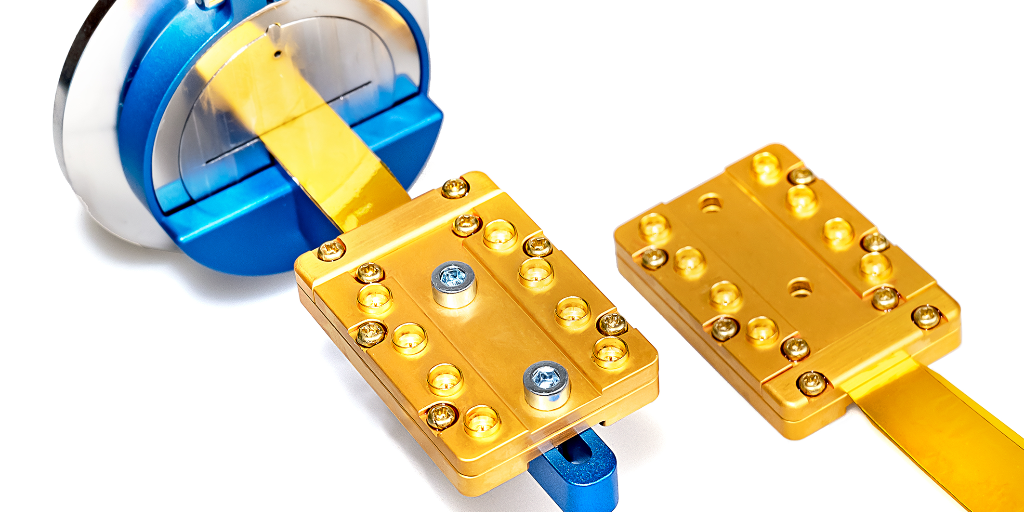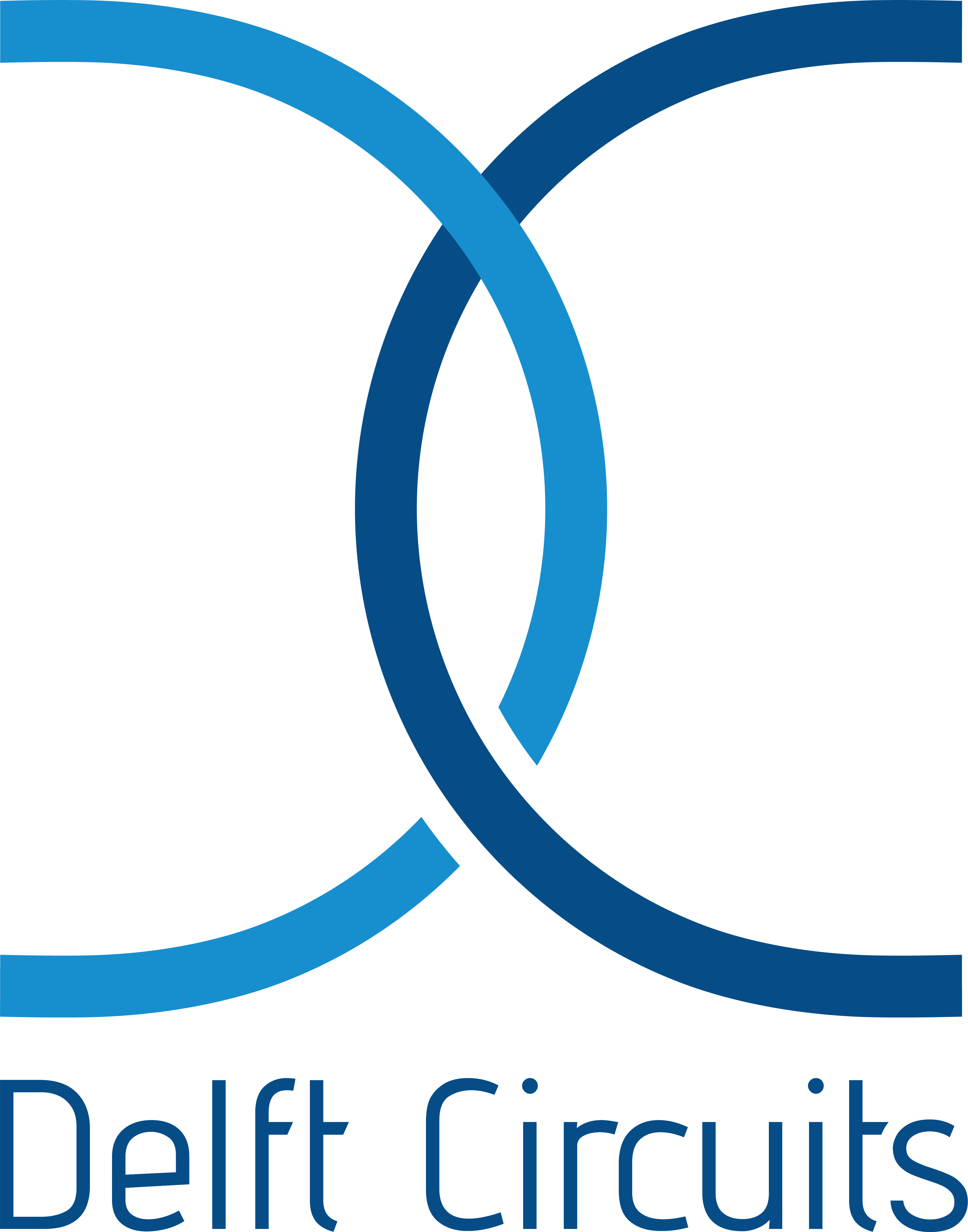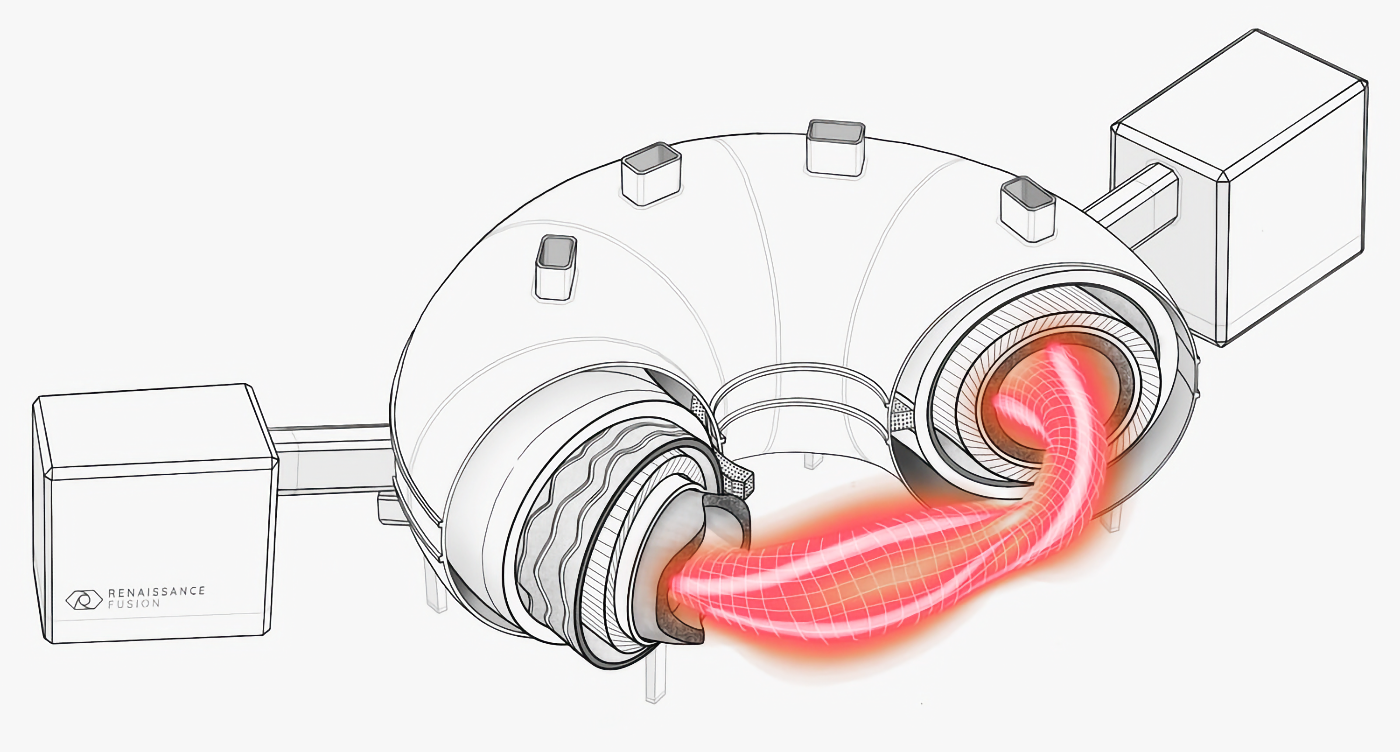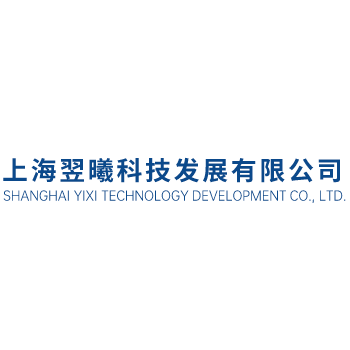From healthcare to fusion to quantum computing to space, superconductors have the potential to revolutionise the world. And the technology is finally ready to commercialise.

Image: superconducting cables for quantum computing developed by Delft Circuits
With industry striving to reach net zero targets, there’s one material that hasn’t had a huge profile so far, but which may be the key to making this work: superconductors.
“They’re one of the few really revolutionary technologies that can do that for us. And they’re ready to be used now so, huge promise,” says Prof Susie Speller, a materials scientist at the University of Oxford who specialises in superconductors, in a recent episode of the Beyond the Breakthrough podcast.
Superconductors have the potential to transform a large number of sectors: from healthcare to energy to quantum computing to space, this wondrous material allows electricity to travel without any loss of energy to heat and creates unimaginably strong magnetic fields.
Take electricity power lines. We may not think about them much, but they can lose as much as 11% of the power travelling through them explains Speller. Using superconductors for electric transmission instead can cut this loss, creating tangible electricity savings.
Superconducting power lines have some challenges. They need to be a single crystal in order to eliminate any resistance. Furthermore, they are oxides — ceramic materials — and “they have the mechanical properties of something like a teacup”, Speller explains. “If you want to make, say, a transmission cable out of it, then you need multiple kilometres of something that you can bend and wind and make it a wire. And ceramics aren’t well known for their ability to be made into wires very easily because of the brittle nature of the material.”
It has taken three decades to solve this challenge — a typical timeframe from discovery to commercialisation in materials science, according to Speller — but development is now at a stage where kilometre-long superconducting cables can be manufactured.
There are startups such as SuperNode and VEIR working to commercially exploit the concept (see our list below).
Superconductivity has some other challenges: it is typically achieved at close to absolute zero (-273.15° Celsius), though there are also so-called high-temperature superconductors that work above -196.2°C. Superconductivity nearer to room temperature exists but requires such incredibly high pressure that real-world applications are a non-starter (though Unearthly Materials, also in our list below, claims it has found a room temperature superconductor that requires relatively little pressure).
However, superconductors are an integral part of a growing number of products. Speller works with local companies like Siemens Healthineers, which makes MRI scanners, fusion energy developer Tokamak Energy and scientific instruments producer Oxford Instruments on solving challenges around superconductors.
“The Centre for Applied Superconductivity was set up a number of years ago in Oxford … to work with the local industry in superconductors, of which there are a lot around Oxfordshire,” Speller explains. The need is real and acute, adds Speller, as these companies often lack the R&D capability or expertise to tackle fundamental challenges themselves.
One area with some urgency is finding a replacement for the lead joints used in MRI scanners. An MRI scanner is, in simple terms, a giant superconductor that produces a magnetic field so strong it forces hydrogen protons in the patient’s body to align with the field. A radio wave is then used to make the hydrogen resonate and create the 3D image. The trouble is that the lengths of wire that make up the magnet need to be connected with lead, which is banned in most products as a toxic substance.
MRI scanners are the last remaining application that has an exemption to use lead in these joints. That exemption is due to end in 2027 — but there is still no alternative. While the exemption might be extended if nobody finds a solution by 2027, MRI manufacturers are all concerned that a competitor will find an alternative before they do.
In fusion energy, the Centre for Applied Superconductivity is looking at questions like how long a superconductor will last in this extreme environment, Speller says. “In a fusion reactor, you have a sun confined within a device on Earth, and your magnets are quite close to that sun. And lots of particles are generated that can damage your superconductor,” Speller explains. “That’s something that our partners aren’t really very well placed to look at. It needs very high-end materials characterisation techniques, for example. But we’re quite well set up to take on those kinds of challenges.”
One of the biggest challenges of superconductors is their high cost, but Speller is hopeful that the price will begin to come down especially as the fusion industry, for which superconductors are essential, begins to grow. Superconductors could then also become a viable option for electricity transmission cables and wind turbine generators (which could then be much smaller).
“We’re at a time with superconductors now where the materials are really there and have been demonstrated in lots of technologies,” says Speller, “and we’re ready to use them. It’s about getting them into these applications, about persuading power companies that superconductors can save us energy, and can contribute to net zero”.
Here are seven university startups hoping to get a slice of that pie.
Delft Circuits
Founded: 2017
Funding to date: $6.7m+
Location: The Netherlands
Website: Delft-Circuits.com

Delft Circuits produces cryogenic cables for quantum computers. These cables are designed for superconductivity in ultra-low temperature environments and are within a sealed vessel (a cryostat) that provides thermal insulation (see the photo above for an example of such a cable). Such cables are critical components for quantum computers as they connect the cooled-down quantum processor with the control electronics at room temperature.
The company was born out of frustration: co-founder Sal Jua Bosman was missing dedicated quantum hardware when undertaking his PhD research and set out to solve one of the bottlenecks of quantum computing himself.
High-Tech Gründerfonds (HTGF), Scholt Group and QuVest invested an undisclosed amount in 2021, followed by a $6.7m series A round featuring HTGF and DeepTechXL last month.
Renaissance Fusion
Founded: 2020
Funding to date: $16.4m+
Location: France
Website: RenFusion.eu

The stellarator is one of the technologies being explored for fusion energy (it is actually one of the earliest approaches, having been invented in 1951 and thereby predating the tokamak by seven years). Stellarators have advantages over tokamak devices — for one, they are more energetically efficient. But they also pose challenges: they confine plasma by specially shaped 3D magnetic fields that require coils that are expensive and difficult to design and manufacture.
Renaissance Fusion hopes to solve this problem by skipping a few steps. Instead of creating superconducting tapes and cables first, the company deposits the superconductors directly onto large surfaces. It compares the leap to that achieved by moving from building individual transistors to photolithography.
Lowercarbon Capital, Norrsken VC, Exor, HCVC, Excellis, Positron Ventures and Unruly Capital are all convinced it’ll work: they put €15m ($16.4m) of seed capital into Renaissance Fusion this past January. It added to an undisclosed amount of angel funding.
CEO Francesco Volpe was an associate professor at Columbia University until he left to form Renaissance Fusion, while co-founder Martin Kupp continues to be a professor of entrepreneurship and strategy at the Jean Baptiste Say Institute.
(Bonus: Type One Energy is a spinout from the University of Wisconsin-Madison that is also working on stellarators.)
SuperNode
Founded: 2018
Funding to date: $32m
Location: Ireland
Website: SuperNode.energy

SuperNode is working on superconducting electricity transmission lines that use a novel cryostat to extend the distance between points at which the liquid nitrogen needs to be re-cooled. The company hopes its technology can be deployed terrestrially and in sea cables.
SuperNode isn’t a spinout — it’s owned by founder Eddie O’Connor and Norwegian green investment group AKER Horizons — but it spent several years in NovaUCD, the innovation hub at the University College Dublin, underlining the importance of the institution’s approach to commercialisation that doesn’t simply focus on internally developed spinouts.
It’s already disclosed €30m ($32m) invested by O’Conner and AKER Horizons, but it recently also announced plans to invest €40m into research and development activities so more cash will undoubtedly be needed at some point.
VEIR
Founded: 2019
Funding to date: $36.9m
Location: US
Website: VEIR.com

VEIR is working on superconducting electric transmission lines that can simply replace existing overhead power cables rather than requiring new towers or underground infrastructure. The company does this by employing a cooling system that is mostly passive — evaporating nitrogen in cables containing high-temperature superconducting tape — and says this allows it to transmit five times more energy than classic infrastructure.
Co-founder Steve Ashworth led a team of researchers at Los Alamos National Laboratory to demonstrate the technology. The Engine, the incubator and venture fund backed by the Massachusetts Institute of Technology, participated in a $24.9m series A2 round in July 2023 and a $10m series A round in 2021.
Altogether, VEIR has raised $36.9m from investors also including Breakthrough Energy Ventures, Congruent Ventures, Fine Structure Ventures, Galvanize Climate Solutions and VXI Capital.
Yixi Technology
Founded: 2022
Funding to date: $6.8m
Location: China
Website: HTSFusion.com

Yixi Technology is working on high-temperature superconductors for applications, in the first instance, in energy generation and transportation — think fusion and high-speed maglev trains. But the company also plans to explore other fields, like medical devices and power grids.
Yixi isn’t shy about its ambitions: it wants to build entire industrial clusters around its superconductor magnets and cables. The company has remained tight-lipped about the details of its technology but it builds on 12 years of research by a team with international experiences at Shanghai Jiaotong University.
And what investors have seen appears to be promising: backers already include CAS Star (an investment vehicle for the Chinese Academy of Sciences), as well as Empower Investment and Hongsheng Fund.
Zenno Astronautics
Founded: 2017
Funding to date: $6.6m
Location: New Zealand
Website: Zenno.space

Superconductors don’t just have the potential to be revolutionary for applications on Earth, they could also prove transformational in space. At least that is the hope of Zenno Astronautics, which is using a high-temperature superconducting wire to create a magnetic field that moves satellites. Zenno says its technology is about 20 times smaller than a conventional propulsion system.
The technology could also have applications in clearing up space debris and the magnetic field could be used to shield astronauts on future deep space journeys (like a mission to Mars) from radiation.
Zenno is set for the first launch of its propulsion device, Z01, for an in-orbit validation mission this quarter through a partnership with aerospace company D-Orbit.
Zenno was founded by Max Arshavsky when he was a student at the University of Auckland, and commercialisation office Auckland UniServices injected an undisclosed amount of pre-seed funding in 2018. The company went on to raise NZ$10.5m ($6.6m) in 2022 in a seed round co-led by Global From Day One and Nuance Connected Capital, with participation from Shasta Ventures, NZGCP, K1W1, Alt Ventures, Enterprise Angels, Arkisys, NZVC and Wolfgang Leitner.
Unearthly Materials
Founded: 2020
Funding to date: Unclear
Location: US
Website: UnearthlyMaterials.com

Unearthly Materials likes a big claim: earlier this year it published a paper in Nature saying its N-doped lutetium hydride material was superconducting at up to 21° Celsius at 10 kilobar (air pressure at sea level is around 1 bar but in superconducting terms that is remarkably close). It was a controversial claim: a 2020 paper by Unearthly Materials co-founder Ranga Dias (an assistant professor at the University of Rochester) was withdrawn by Nature in 2022 and a 2021 paper in Physical Review Letters (PSL) was withdrawn in August 2023. The University of Rochester itself launched an investigation into Dias in August.
The company’s other co-founder, Ashkan Salamat, is an associate professor at the University of Nevada, Las Vegas. Salamat was the university’s first researcher to be awarded the highly competitive Early Career Award from the US Department of Energy in 2019. But during PSL’s investigation, it found the raw data that Salamat submitted did not match the figures in his and Dias’ paper — the referees concluded their findings “paint a very disturbing picture of apparent data fabrication followed by an attempt to hide or coverup (sic) the fact”.
It’s not the only controversy surrounding Unearthly Materials: the New York Times reported the company had raised $16.5m, Dias himself allegedly claimed he had raised $21m, according to TechCrunch, but neither Union Square Ventures nor Breakthrough Energy Ventures — the two VC firms that have purportedly invested in Unearthly Materials — list the company in their portfolio. But sometimes, of course, investments aren’t publicly disclosed by the investor.
So, is it all just a tall tale? Maybe not: a team of researchers at the University of Illinois Chicago looking at Dias and Salamat’s claims found there may be some truth to it if the material is cooled to 2.8° Celsius and the pressure upped to 15 kilobar (which still isn’t a lot in superconducting terms).
So, proceed with caution, but keep Unearthly Materials on your radar. You never know…
Disclaimer: This list is for informational purposes only. It does not constitute investment advice.

Thierry Heles
Thierry Heles is editor-at-large of Global University Venturing and Global Corporate Venturing, and host of the Beyond the Breakthrough podcast.








